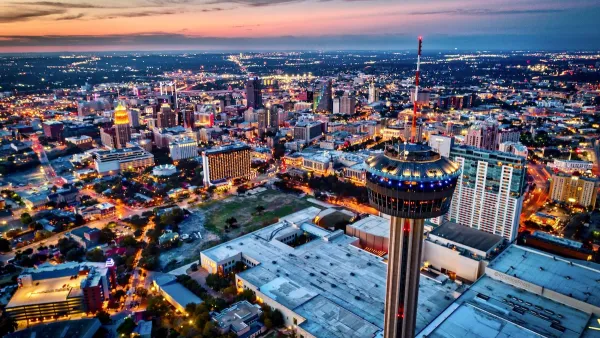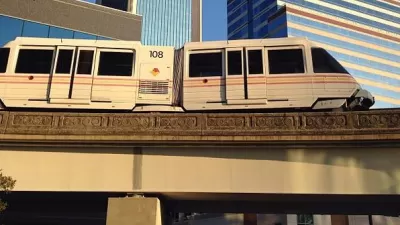No, it's not some stimulus package boondoggle- it turns out there truly was an underground monorail carrying public servants from the Senate Office Building to the Capitol Building. It opened in 1912 and lasted until 1961.
"From 1912-61 tunnels below the U.S. Senate building were filled with monorail cars carrying senators on the "shortest and most exclusive railway in the world." A short history about the monorail system appears on the Senate.gov website and is excerpted below.
I'm fascinated with early ideas of what "the monorail" was to become and even more fascinated with the transportation systems that (as in this case) were actually tried."
FROM SENATE.GOV:"The distance between the old Senate Office Building and the Capitol was only a fifth of a mile, but senators needed to traverse it multiple times on a typical legislative day. Had the Capitol been a skyscraper, elevators would have whisked members from their offices on different floors to the chamber. Instead, the office building and Capitol were linked by a horizontal elevator: a subway. Initially, transportation in the subway tunnel was provided by battery-powered yellow Studebaker coaches. Ten passengers could ride in each car, facing each other on benches. The buses ran along a concrete roadway at a maximum speed of 12 miles an hour. Rather than turn around at each terminus, they backed up for the return trip."
FULL STORY: U.S. Senate Monorail (1912)

Planetizen Federal Action Tracker
A weekly monitor of how Trump’s orders and actions are impacting planners and planning in America.

Chicago’s Ghost Rails
Just beneath the surface of the modern city lie the remnants of its expansive early 20th-century streetcar system.

San Antonio and Austin are Fusing Into one Massive Megaregion
The region spanning the two central Texas cities is growing fast, posing challenges for local infrastructure and water supplies.

Since Zion's Shuttles Went Electric “The Smog is Gone”
Visitors to Zion National Park can enjoy the canyon via the nation’s first fully electric park shuttle system.

Trump Distributing DOT Safety Funds at 1/10 Rate of Biden
Funds for Safe Streets and other transportation safety and equity programs are being held up by administrative reviews and conflicts with the Trump administration’s priorities.

German Cities Subsidize Taxis for Women Amid Wave of Violence
Free or low-cost taxi rides can help women navigate cities more safely, but critics say the programs don't address the root causes of violence against women.
Urban Design for Planners 1: Software Tools
This six-course series explores essential urban design concepts using open source software and equips planners with the tools they need to participate fully in the urban design process.
Planning for Universal Design
Learn the tools for implementing Universal Design in planning regulations.
planning NEXT
Appalachian Highlands Housing Partners
Mpact (founded as Rail~Volution)
City of Camden Redevelopment Agency
City of Astoria
City of Portland
City of Laramie





























